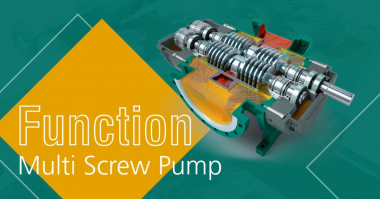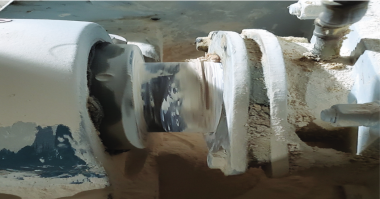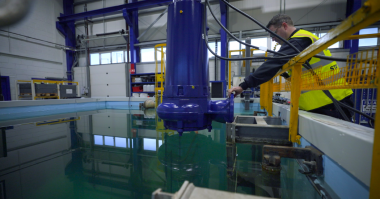Authors: John Conway and Jack Creamer, Schneider Electric
This is Part 6 of a series. Read Part 5.
Measurement and the art of “simply-complex”
The technical capacity of the Industrial Internet of Things will provide the opportunity to redeploy the building blocks of industrial processing to measurement, control and connectivity. While these three building blocks iteratively rely on each other for balance, it all starts with measurement – which is the catalyst for process optimization and improvement. IIoT will not only rely on this historically fundamental component of processing, but will reach deeper and expect more. Measurements of the future will capitalize on technologies that will significantly reduce size and cost, increase computing storage and power, and eliminate wired connectivity (for power and communications). These changes will result in a game-changing increase in the volume of applied measurement. With extremely low cost sensors capable of real-time and predictive data connectivity, stakeholders will realize the value of employing massive numbers of measuring devices for control and process optimization.
Analogous to all living systems, where sensing is elegantly performed at the molecular level, IIoT sensors will evolve to single performance tasks. In living systems, each biologic sensor is a unique molecular configuration designed to measure a specific parameter (pressure, insulin, pH, temperature, etc.). There may be thousands of similar or different biologic sensors in a single microscopic cell. In a similar way, tomorrow’s IIoT sensing elements will be tiny and comprised of very few unique parts while embedding far more data manipulating intelligence, passing along only relevant information to control cyber-physical systems (aka smart-connected assets).
Today’s process sensors are marketed as ‘smart’ or ‘intelligent’, but while technical advancements have allowed for increasing embedded intelligence, the resulting sensors have become large and expensive, thus self-limiting volume deployment. Market purchases of sensing devices are not limited by the desire for less information but by the high cost of deployment (the sensor plus the installation cost of cabling). The market for measurement devices will explode in volume for the supplier that can deliver the true capability of IIoT using simple wireless sensors.
By driving simplicity to the fundamental components (measurement), driving differentiating analytics to the control level, and linking them using wireless connectivity and cloud-based architectures, there will be a directional shift in the Industrial Automation and Control model – one that can be defined as “simply complex”, where simple measurements plus complex analytics equate to customer value.
Capitalizing on IIoT opportunities will require a fundamental shift in culture, thinking, architecture, strategy and investment. With many of the IIoT technologies already available, and simple sensor designs currently under review, the journey to a smart evolution has begun.
Read Part 7: SMART Machines: What they are and how they contribute to the future of the industry (coming next week!)
About the Authors:
John Conway is Schneider Electric’s VP for Strategy & Partnerships. In this capacity, he is responsible for strategic intelligence, strategic planning and merger & acquisition activities for the Industry Business Unit. During his 17 years with the company, he has held a variety of roles, starting out as director of microelectronics key accounts. He then moved into the creation and deployment of automation solution centers in Asia and Eastern Europe before running the Advanced Services and Mergers & Acquisitions activities for Industry. Prior to joining Schneider Electric, John held sales and engineering management positions within the automation divisions of Siemens and Texas Instruments. John has a Bachelor of Science in Mechanical Engineering and a Master of Science in the Design of Machine Systems. He is currently based at Schneider Electric’s Horizon office in Carros, France.
Jack Creamer is Schneider Electric Segment Marketing Manager – Pumping Equipment, based in the United States. Mr. Creamer has more than 30 years in the Electrical Industry, and has been involved for 10 years in the Pumping Industry. He is involved in key industry organizations such as the Hydraulic Institute and Submersible Wastewater Pump Association, where he holds both Committee Chair and Board level positions. In his time in the Pump industry, he has help Schneider create numerous solutions that both enhance pumping efficiency and address issues such as maintenance and downtime





Comments